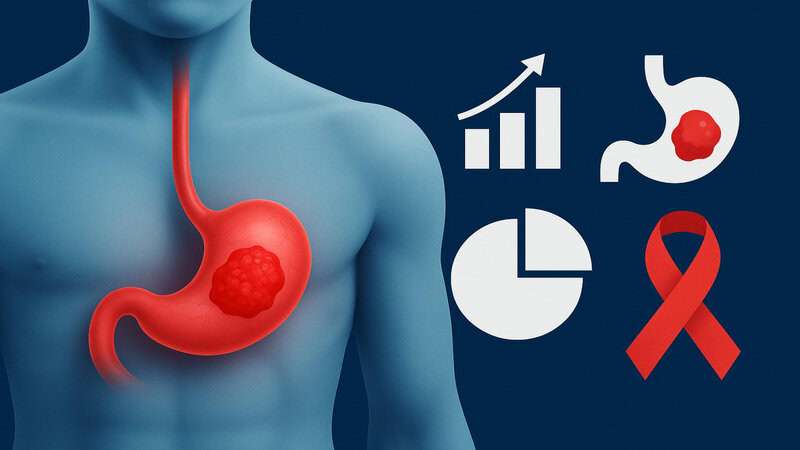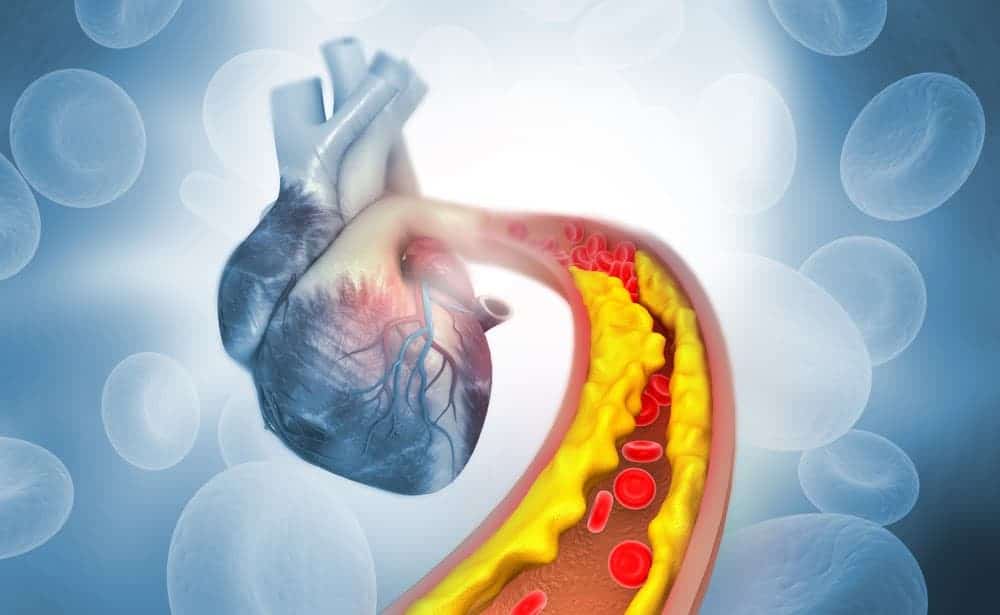Food Tech Innovations That Could Change Your Dinner Plate Forever
The food industry is undergoing a profound transformation, driven by rapid technological advancements that are reshaping how we produce, prepare, and consume meals. From lab-grown meats to precision fermentation, these innovations are not only enhancing sustainability but also offering new culinary experiences. As we delve into these groundbreaking developments, it’s clear that tomorrow’s dinner plates will be markedly different, reflecting a harmonious blend of science, sustainability, and culinary creativity.
1. Lab-Grown Meat
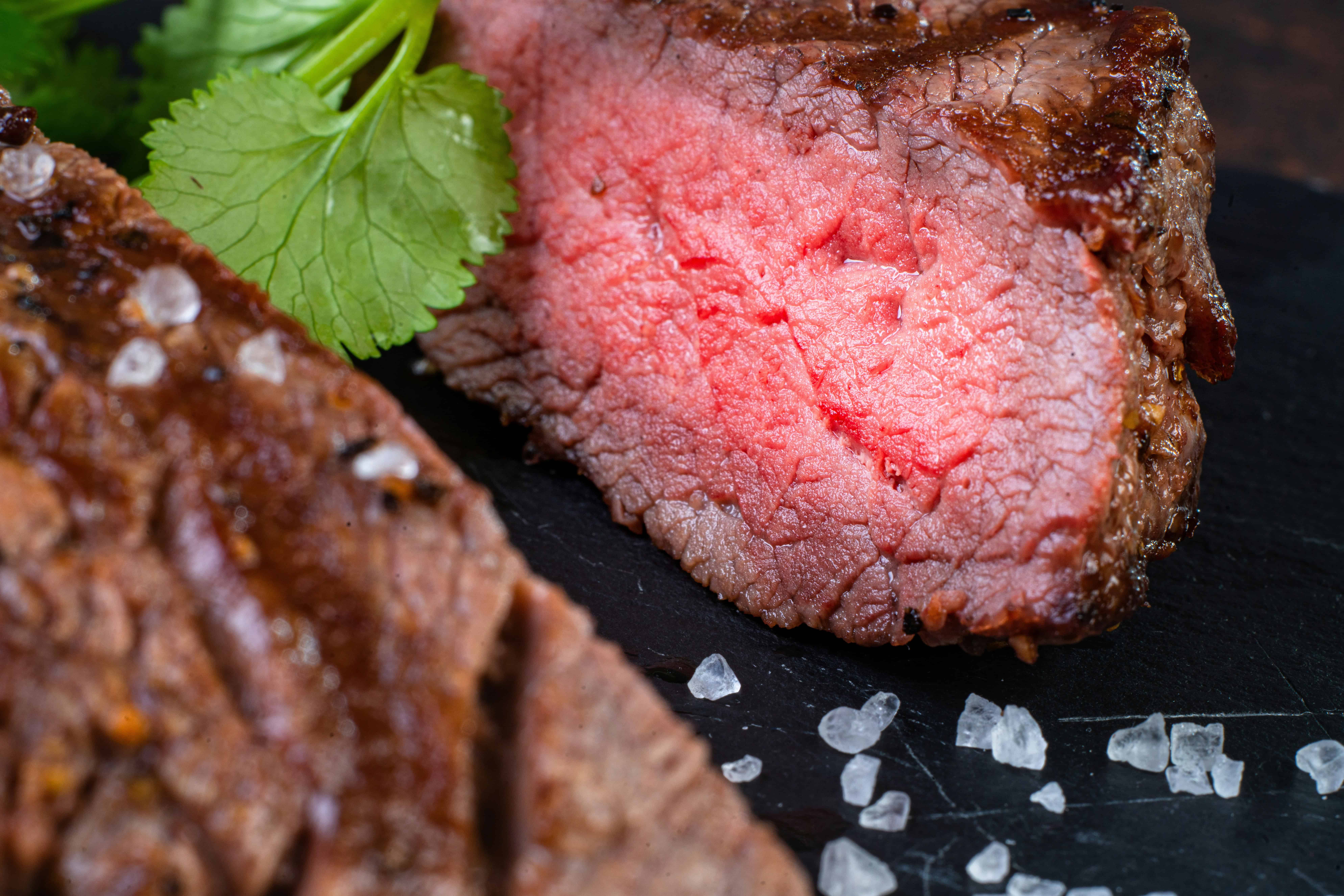
Lab-grown meat, or cultured meat, is created by cultivating animal cells in controlled environments, reducing the need for traditional livestock farming and its heavy environmental footprint. Companies like Mosa Meat and Memphis Meats lead this movement, with Mosa producing the first cultured beef burger in 2013 and Memphis developing lab-grown beef, chicken, and duck backed by investors like Bill Gates and Richard Branson. Research continues to refine taste and texture so it can fully match conventional meat (meetzemeat.com).
The benefits extend beyond taste—studies show lab-grown meat can cut greenhouse gas emissions by 96%, land use by 99%, and water use by 96% (earthdinner.org). It also avoids animal slaughter, addressing major ethical concerns (welovelmc.com). Regulatory hurdles remain, especially in the EU where approval requires about 18 months of testing. As of early 2023, no cultured meat had been approved there, though companies like Mosa Meat are in the process (en.wikipedia.org). Despite challenges, lab-grown meat is positioned as a transformative, sustainable, and ethical alternative to traditional meat.
2. Plant-Based Protein Alternatives
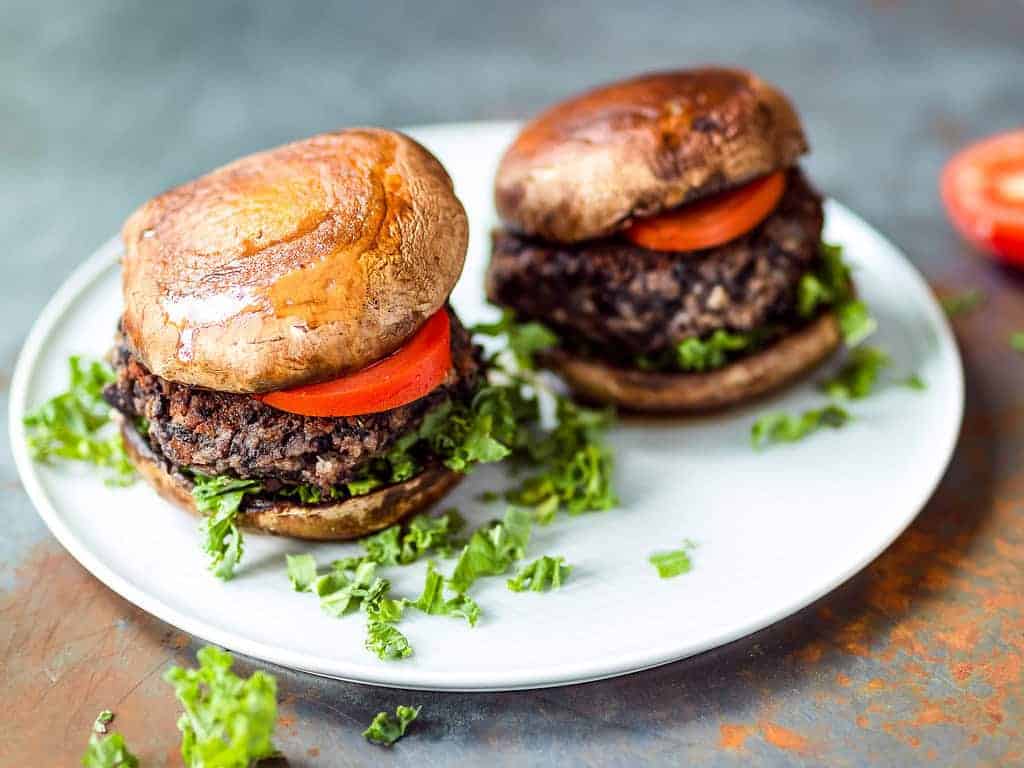
Plant-based protein alternatives, such as those offered by Beyond Meat and Impossible Foods, are revolutionizing traditional favorites like burgers and sausages. These products aim to replicate the taste and texture of meat using plant-derived ingredients, providing options for both vegetarians and meat-eaters seeking alternatives. (en.wikipedia.org)
Compared to conventional meat, plant-based alternatives offer significant environmental advantages. For instance, producing a four-ounce Beyond Burger uses only 10% of the land, 10% of the greenhouse gas emissions, and less than 1% of the water required for a similar beef burger. (foodprint.org)
The adoption of plant-based proteins is increasing in restaurants and fast-food chains. Major companies like Burger King have introduced items such as the Impossible Whopper, and other chains are testing or offering plant-based options, reflecting a growing trend toward incorporating these alternatives into mainstream dining. (pnas.org)
3. 3D-Printed Food
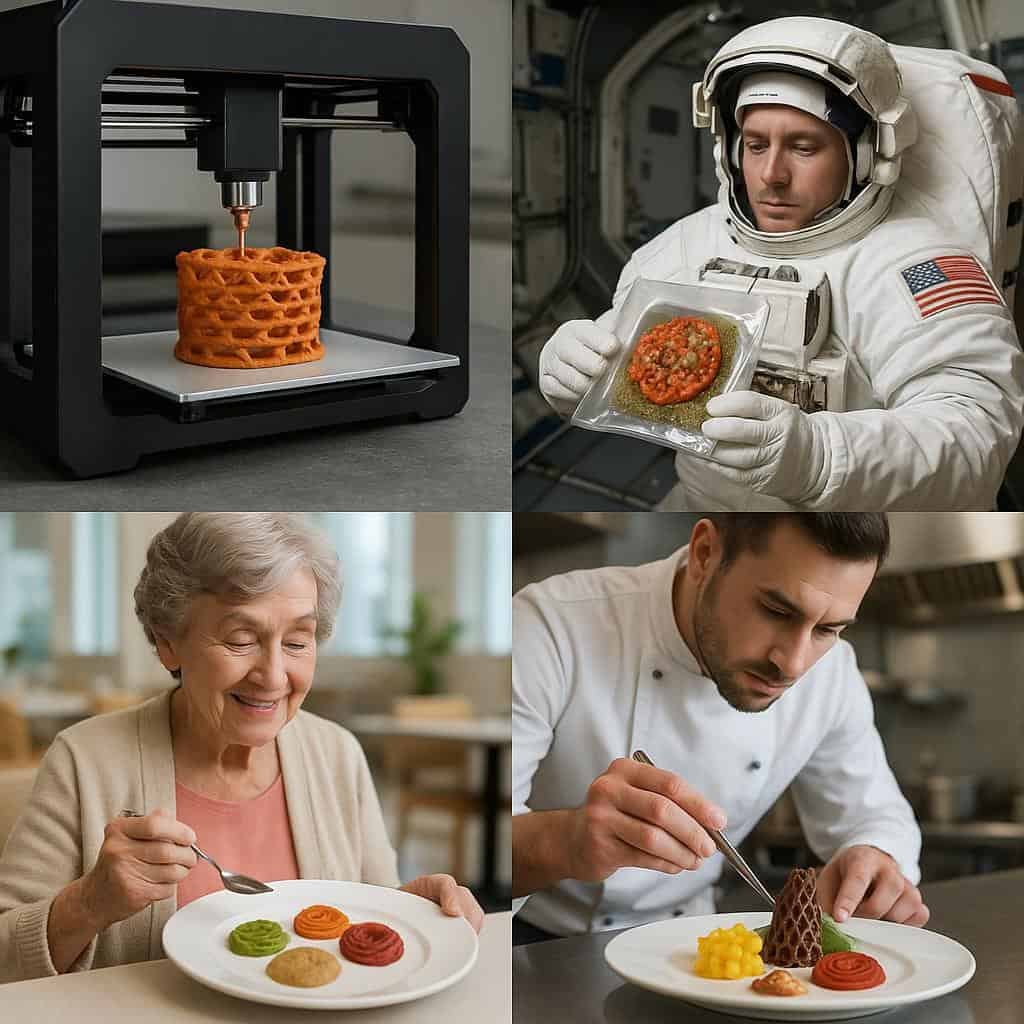
3D food printers enable chefs and manufacturers to craft intricate designs and customized meals by layering edible ingredients. This technology allows for the creation of complex shapes and textures that are challenging to achieve through traditional cooking methods. (asme.org)
NASA has shown interest in 3D-printed food for astronaut meals, aiming to provide fresh, nutritious options during long-duration space missions. The technology could allow astronauts to print customized meals tailored to their nutritional needs, enhancing both convenience and morale. (spinoff.nasa.gov)
In healthcare, 3D food printing has been applied to create pureed foods for seniors and patients with swallowing difficulties, improving both the nutritional value and visual appeal of their meals. (asme.org)
As 3D food printing technology advances, it is expected to impact restaurant plating by enabling chefs to design and produce complex, personalized dishes more efficiently, potentially transforming dining experiences. (asme.org)
4. Precision Fermentation
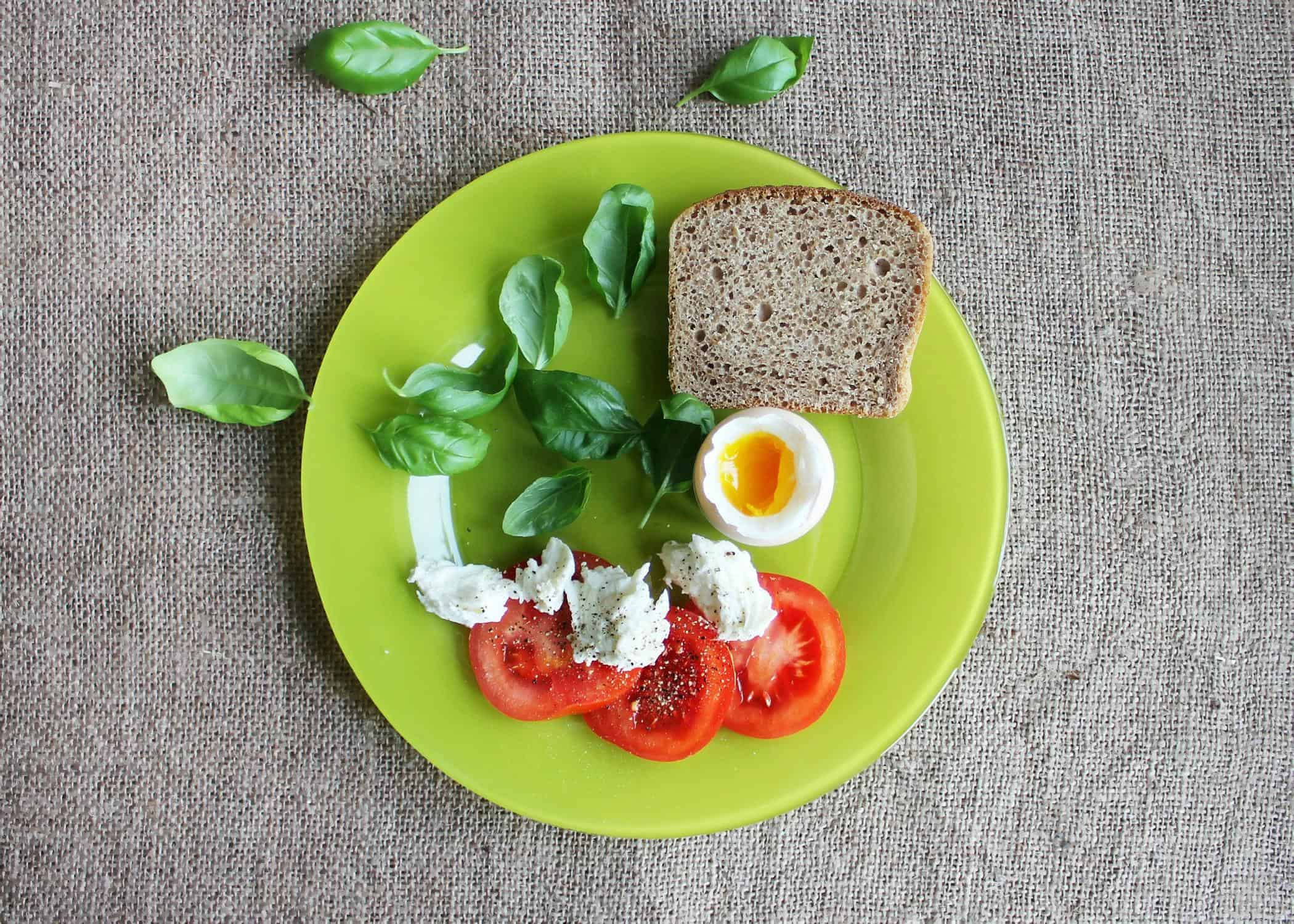
Precision fermentation involves engineering microbes to produce proteins identical to those found in animal products, such as dairy and eggs, without the need for animals. Companies like Perfect Day and The EVERY Company are leading this innovation.
Perfect Day utilizes fungi to produce whey protein, resulting in dairy products that replicate the taste and texture of traditional dairy without lactose, cholesterol, or hormones. Their process reduces greenhouse gas emissions by up to 97% and water usage by 99% compared to conventional methods. (en.wikipedia.org)
The EVERY Company employs yeast to create animal-free egg proteins, offering products that mimic the functional properties of eggs, such as foaming and binding, without the allergens and cholesterol found in traditional eggs. (en.wikipedia.org)
These precision fermentation-derived proteins are designed to match the taste, texture, and nutritional profile of their animal-based counterparts, providing sustainable and ethical alternatives. Additionally, they offer scalability advantages, enabling mass production without the resource-intensive processes associated with animal farming. (foodinstitute.com)
5. Vertical Farming

Vertical farming involves cultivating produce in stacked, climate-controlled environments using hydroponics or aeroponics. This method allows for the growth of fresh, pesticide-free greens in urban centers year-round, reducing the need for traditional land-based agriculture.
Companies like AeroFarms and Bowery Farming are pioneers in this field. AeroFarms operates large-scale vertical farms that utilize aeroponics to grow a variety of leafy greens, achieving yields up to 390 times greater per square foot annually compared to traditional farming. (en.wikipedia.org) Bowery Farming employs hydroponic systems in urban warehouses, producing pesticide-free lettuce and herbs with minimal water usage. (en.wikipedia.org)
The advantages of vertical farming include reduced land use, as it requires up to 97% less land than conventional agriculture. (en.wikipedia.org) Additionally, it conserves water, using up to 95% less than traditional methods. This approach also enables the cultivation of food in urban centers year-round, providing fresh produce to city dwellers and reducing the carbon footprint associated with transporting food over long distances. (thesra.org)
6. AI-Powered Kitchens
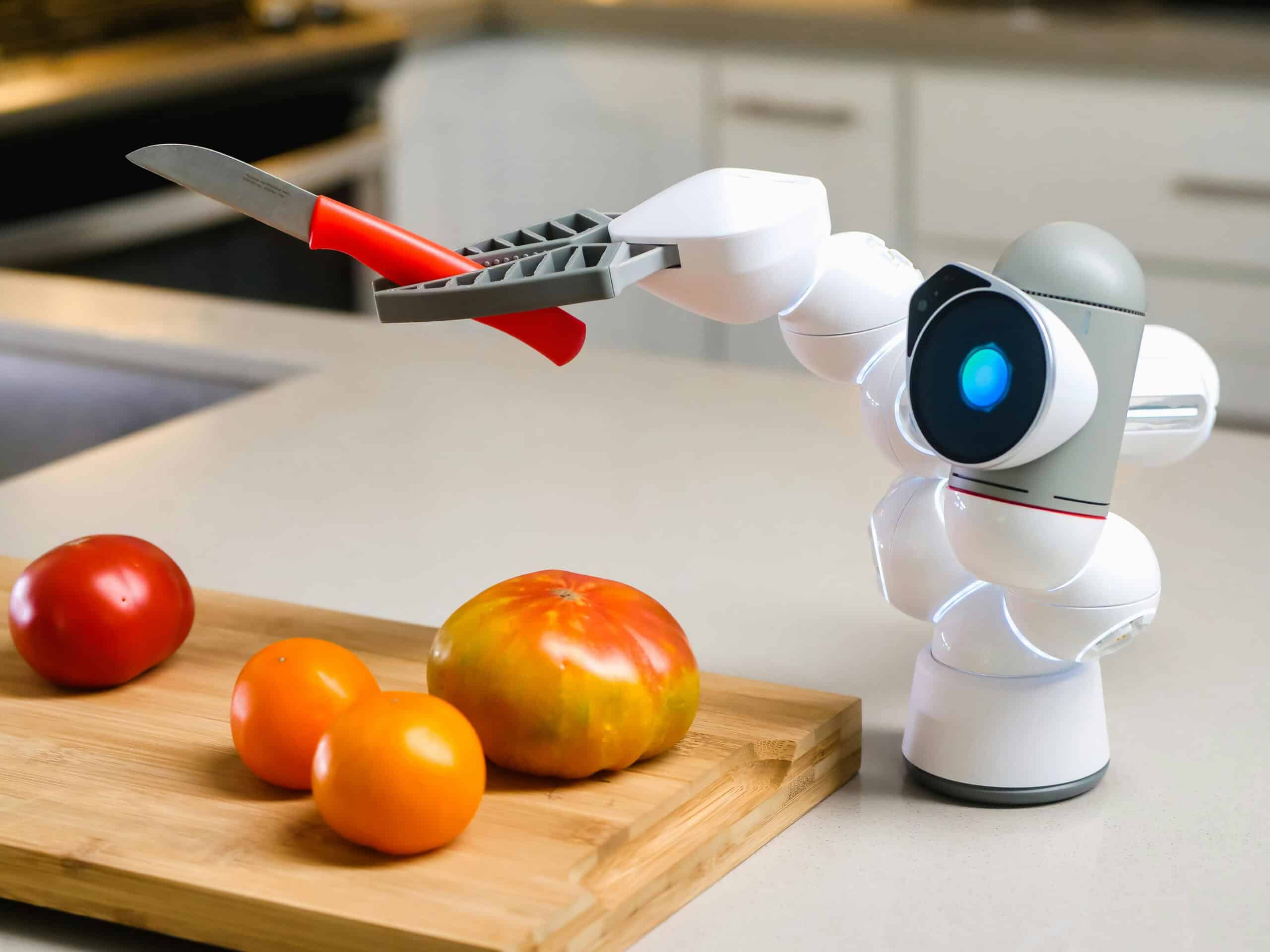
Artificial intelligence (AI) is revolutionizing meal planning, cooking, and ingredient management by integrating smart technologies into kitchen appliances. Smart ovens, such as Samsung’s bespoke AI oven, utilize internal cameras to monitor cooking progress and adjust settings to prevent overcooking, ensuring optimal results. (apnews.com) Recipe generators like IBM’s Chef Watson analyze flavor compounds and food pairing theories to create innovative recipes based on user-input ingredients, enhancing culinary creativity. (jonascleveland.com) Automated restaurant kitchens are leveraging robotics for speed and consistency. Moley Robotics has developed a robotic kitchen capable of preparing a wide range of dishes from scratch, replicating the actions of human chefs with precision. (en.wikipedia.org) These AI-powered innovations are transforming the culinary landscape, making cooking more efficient, personalized, and accessible.
7. Edible Packaging
Edible packaging is an innovative solution to plastic waste, made from natural materials like seaweed, rice, and milk proteins. Companies such as Notpla and Loliware are leading this movement, developing products that can be ingested or composted. Notpla’s seaweed-based water pods, Ooho, gained attention at the London Marathon as a plastic-free alternative, while Loliware produces edible straws and cups from seaweed-derived biopolymers, designed to reduce waste and provide a unique eating experience. These materials are safe under food safety regulations, though taste and texture vary—seaweed-based products, for example, may have a subtle flavor that requires consumer adjustment (ien.com).
The potential impact on convenience foods and takeout is significant, as edible and biodegradable packaging can replace single-use plastics, reduce environmental pollution, and offer sustainable alternatives for consumers. With technological advancements and growing demand for eco-friendly products, edible packaging is expected to become a mainstream solution in the fight against plastic waste.
8. Personalized Nutrition
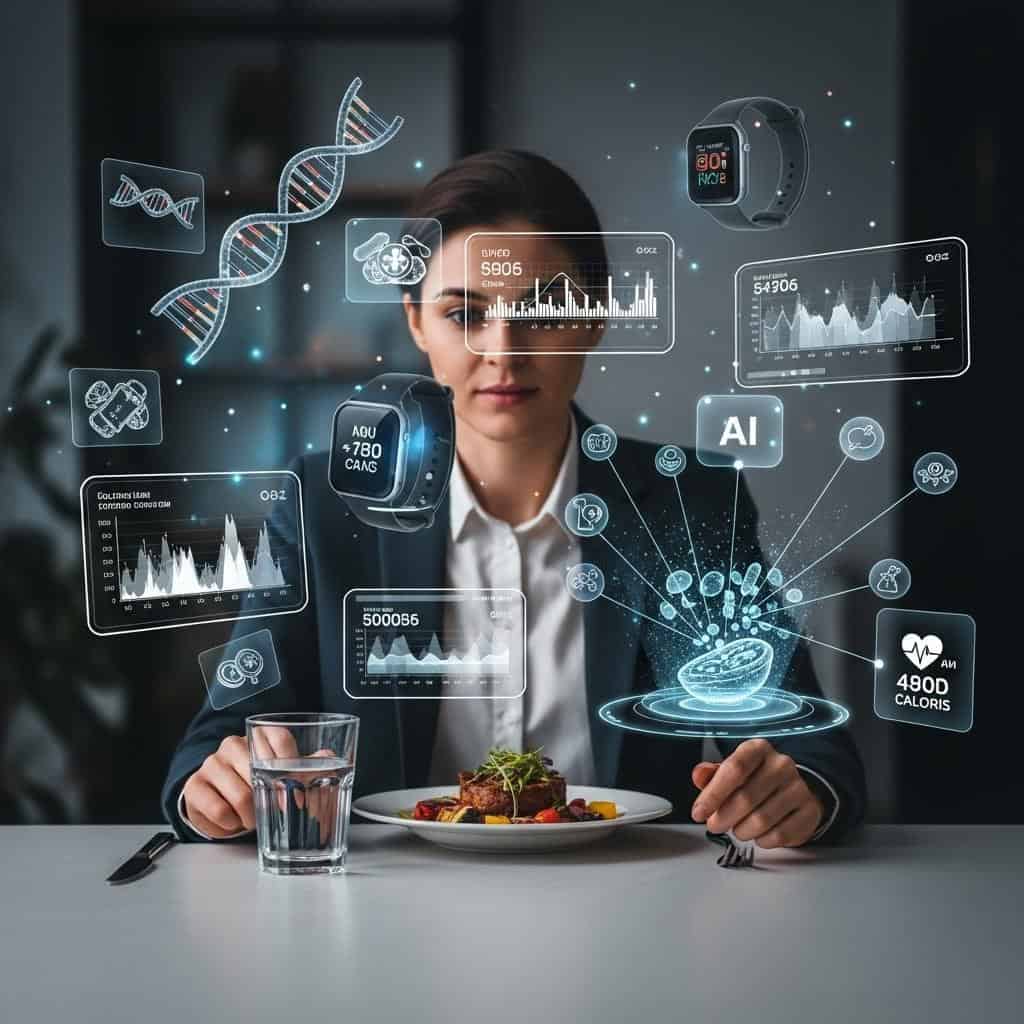
Personalized nutrition uses genetics, health data, and wearable technology to create individualized meal plans tailored to unique needs. By analyzing genetic information, biomarkers, and real-time health data, AI and machine learning can generate dietary recommendations aligned with each person’s lifestyle and health goals (modalityglobaladvisors.com). Companies like HealthifyMe offer AI-powered nutritionists—such as their assistant Ria—that design personalized diet plans and workouts, even integrating with devices like Amazon Echo for seamless guidance.
Other platforms, such as Viome, analyze the gut microbiome to deliver nutrition advice that optimizes overall health. These innovations have the potential to boost dietary adherence, improve long-term health outcomes, and help individuals achieve wellness goals through tailored strategies.
9. Blockchain for Food Traceability
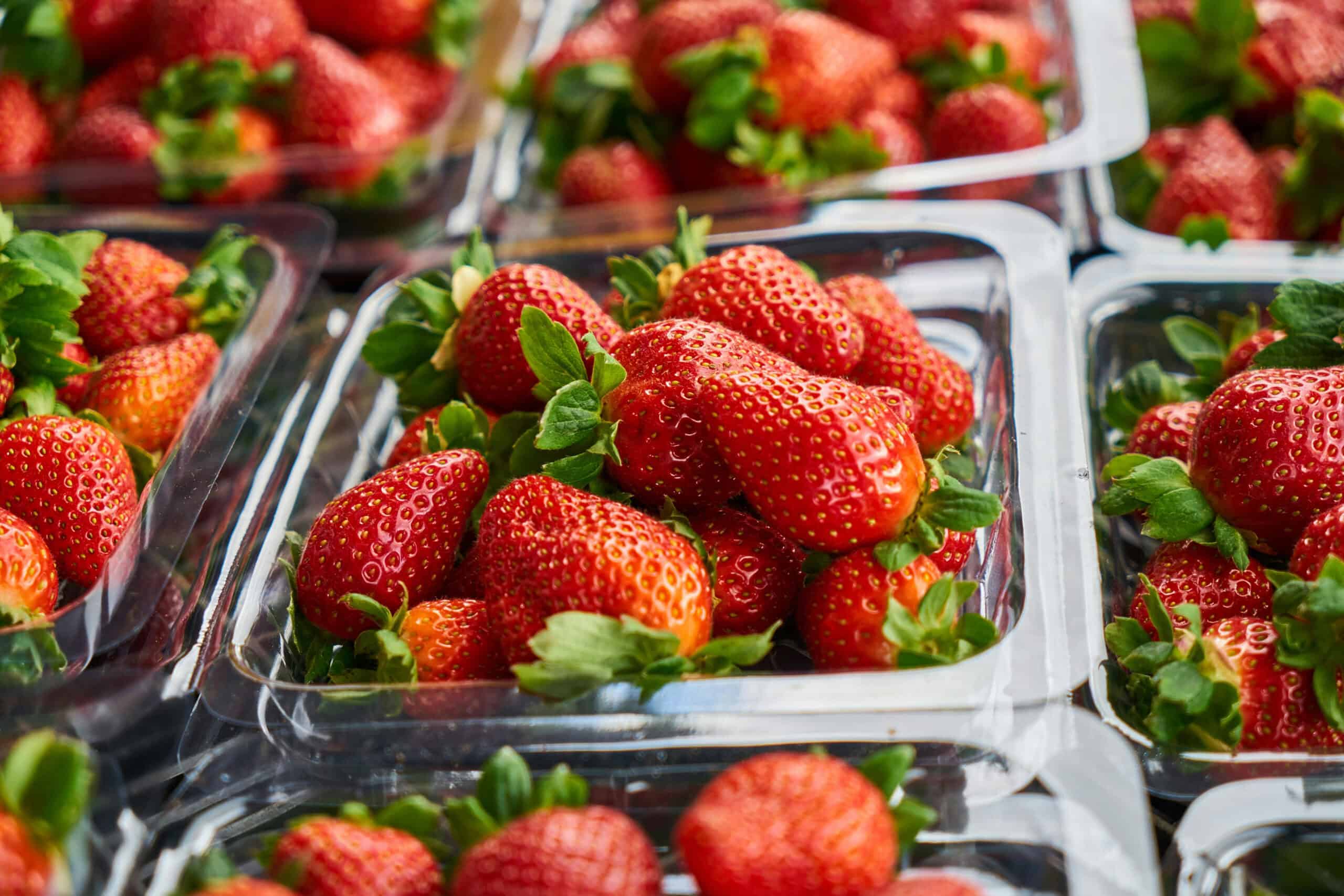
Blockchain technology is transforming food traceability by enabling transparent tracking of items from farm to table, ensuring freshness, ethical sourcing, and fraud prevention. Major players like Walmart and IBM have launched blockchain initiatives to make supply chains more transparent and efficient. In 2018, Walmart and IBM reduced the time to trace a package of mangoes from seven days to just 2.2 seconds using blockchain, demonstrating its potential to improve food safety and reduce waste (lfdecentralizedtrust.org).
Unlike traditional paper-based supply chains that are slow and error-prone, blockchain offers a decentralized, immutable ledger of each transaction, strengthening trust among consumers and stakeholders (cnbc.com). By adopting blockchain, companies can provide verifiable information about food origins and supply journeys, promoting ethical sourcing, boosting transparency, and improving food safety overall.
10. Insect Protein
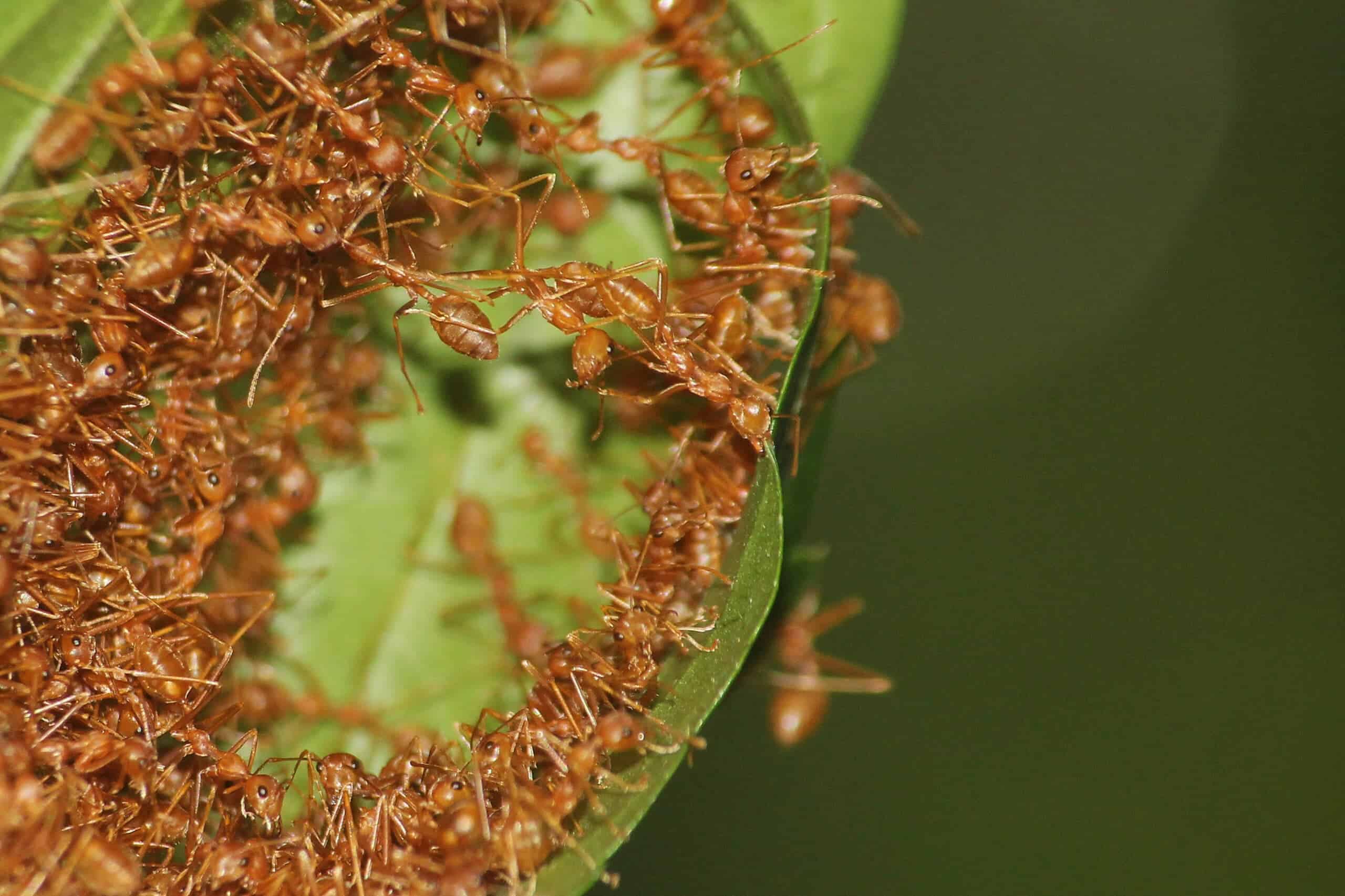
Insect protein, sourced from crickets, mealworms, and other species, is gaining recognition as a sustainable alternative to traditional animal-based proteins. Rich in high-quality protein, essential amino acids, and micronutrients, insects offer a nutritious solution to global food security challenges (ncbi.nlm.nih.gov). Compared to conventional livestock, insect farming has a far smaller environmental footprint—producing one kilogram of beef requires about 200 m² of land and emits 2,850 g of greenhouse gases, while the same amount of insect protein needs just 15 m² and emits only 2 g (unearthmag.com).
Insect flour is now used in snacks, protein bars, and baked goods, boosting nutritional value while promoting sustainable practices (futuremarketinsights.com). Globally, over 2 billion people already consume insects as part of their diets, though cultural perceptions in Western countries remain a barrier. With growing initiatives and awareness, insect-based foods are increasingly positioned as both sustainable and nutritious alternatives (en.wikipedia.org).
11. Smart Food Labels and Sensors
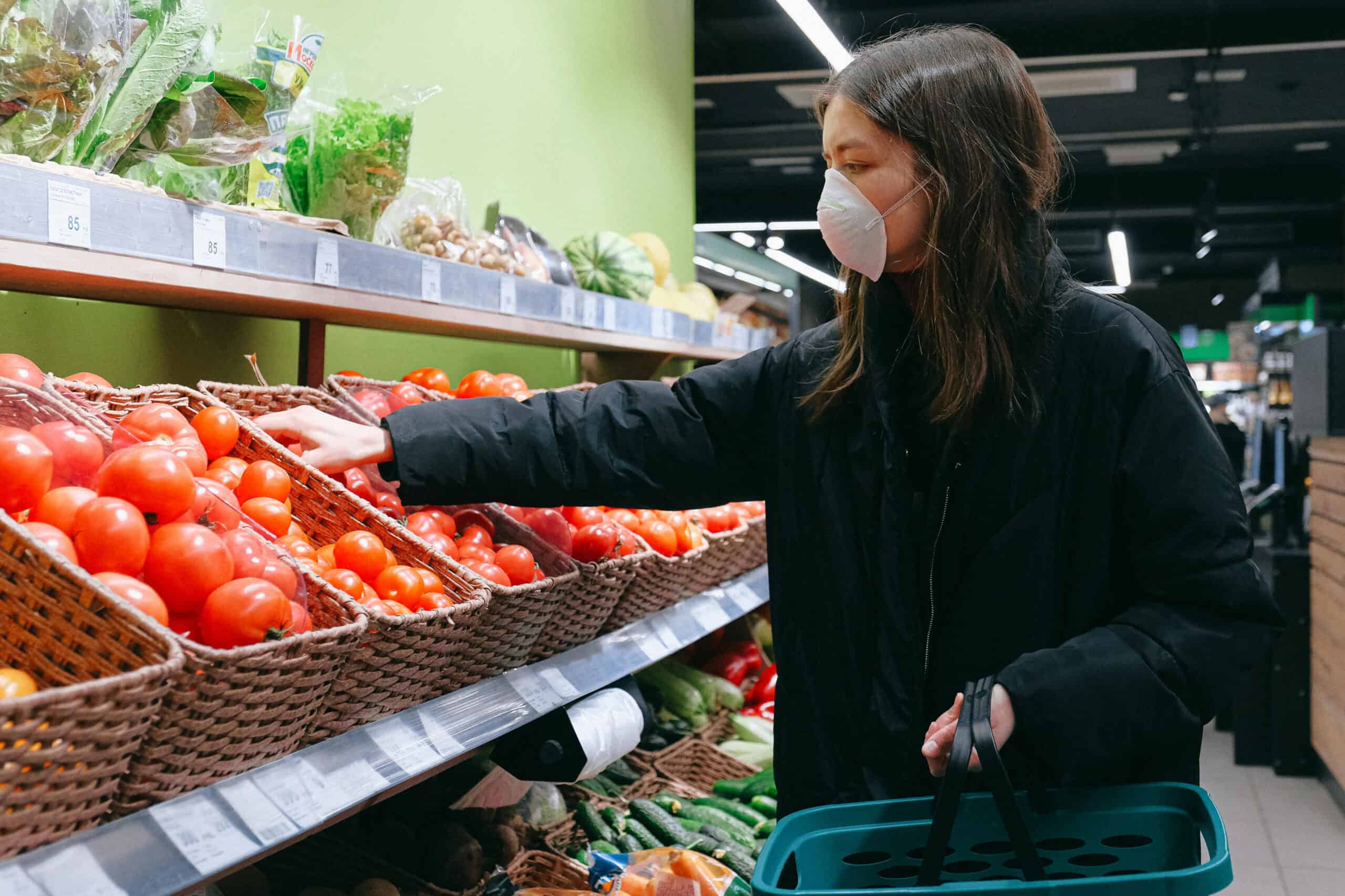
Smart food labels and sensors use nanotechnology and electronic components to monitor freshness and spoilage in real time, providing a more accurate assessment than traditional “best by” dates (mdpi.com). These innovations aim to reduce food waste by giving both consumers and retailers precise information about product quality. Examples include NFC-enabled “electronic nose” sensors that detect spoilage compounds and send freshness data to smartphones (olfactronics.org), as well as colorimetric indicators that change color in response to chemical changes linked to spoilage (mdpi.com).
Supermarket trials show these technologies help cut food waste by allowing retailers to track freshness more accurately, improving inventory management and reducing discarded items (phys.org). For consumers and businesses alike, adopting smart labels and sensors offers a way to make better-informed decisions, ultimately leading to significant reductions in food waste.
Shaping the Future Bite by Bite
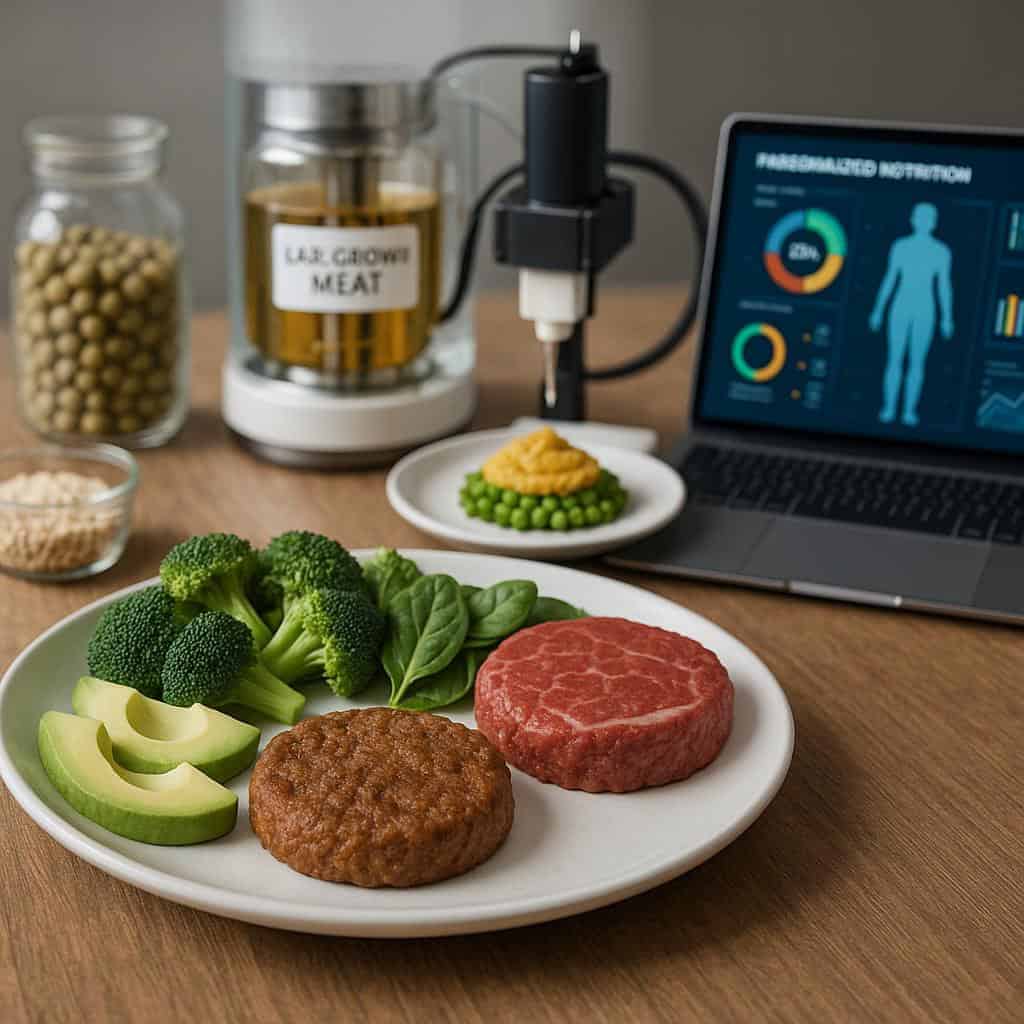
The integration of innovative food technologies is poised to revolutionize our approach to sustainability, health, and culinary enjoyment. Advancements such as plant-based proteins, lab-grown meats, and precision fermentation offer sustainable alternatives to traditional animal products, significantly reducing environmental impacts. Simultaneously, personalized nutrition powered by AI and 3D food printing enable tailored dietary solutions, enhancing health outcomes and meal customization. These innovations not only address pressing environmental and ethical challenges but also enrich the diversity, nutrition, and flavor of our daily meals, promising a more sustainable and enjoyable future for all. (en.wikipedia.org, ifst.onlinelibrary.wiley.com)
.article-content-img img { width: 100% }



